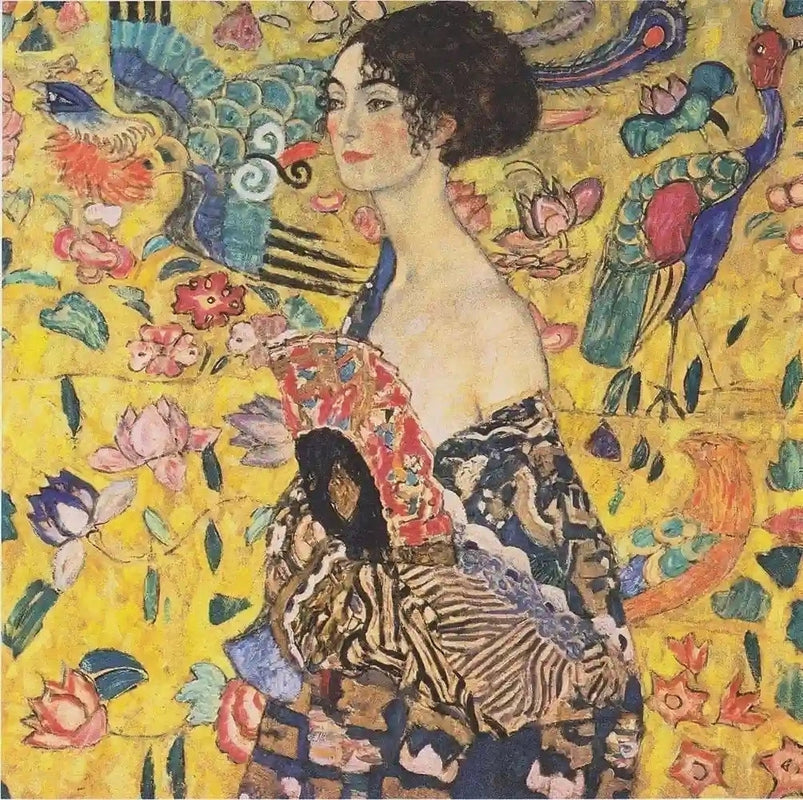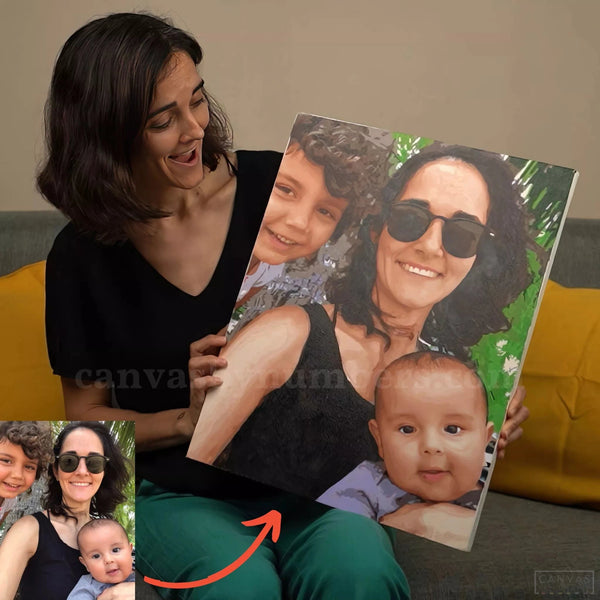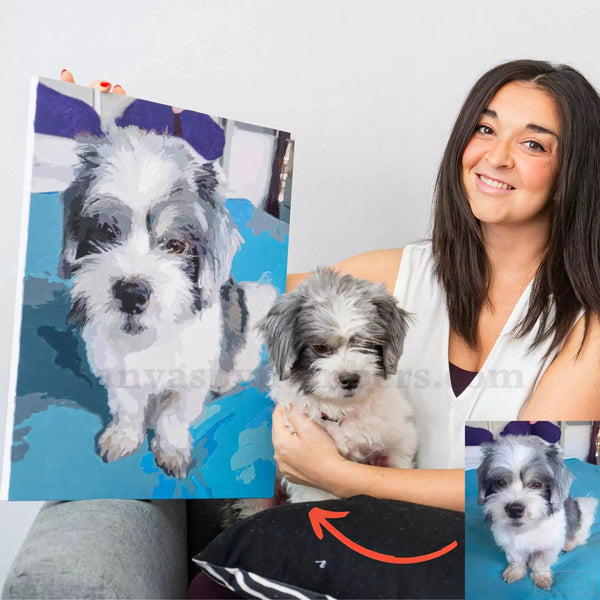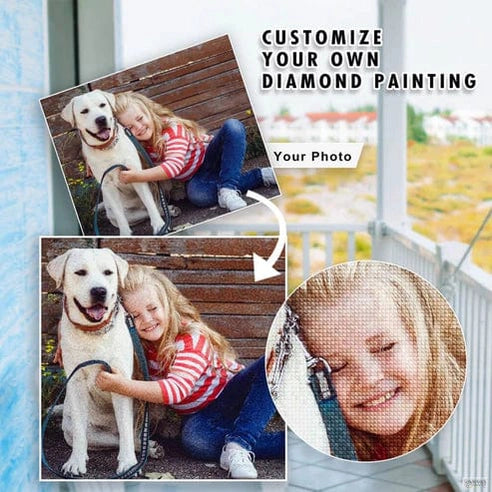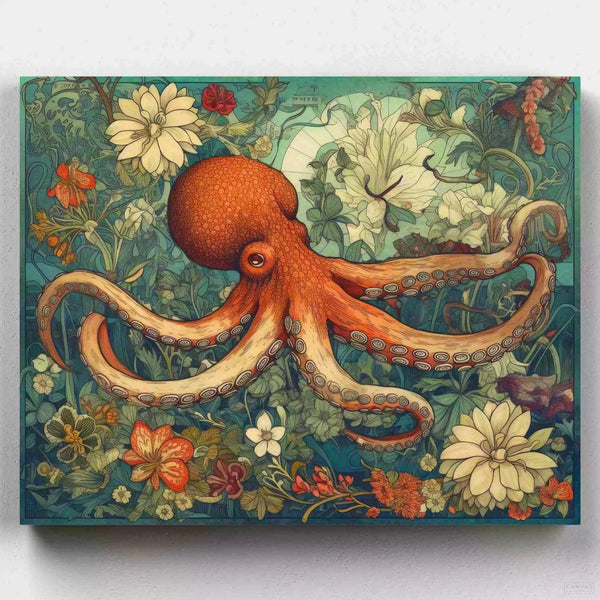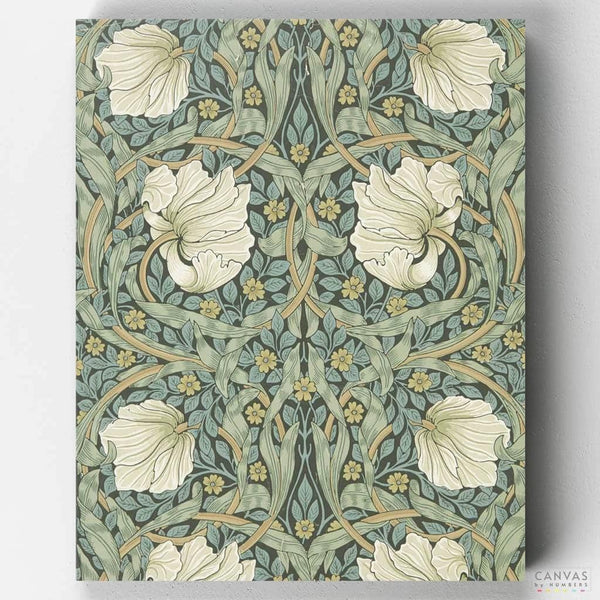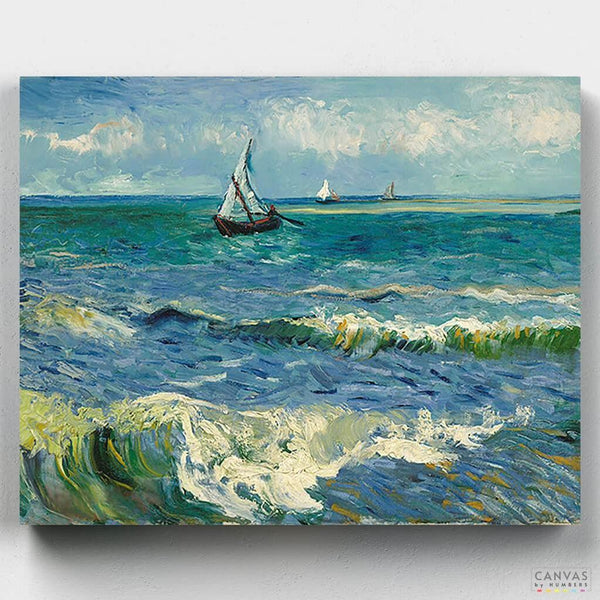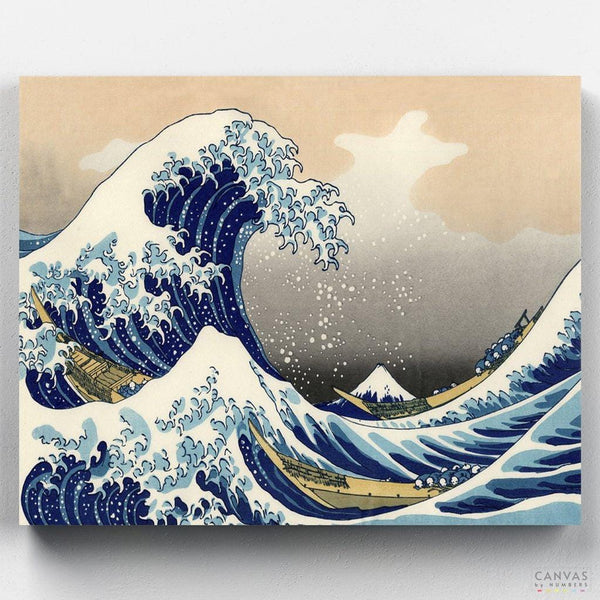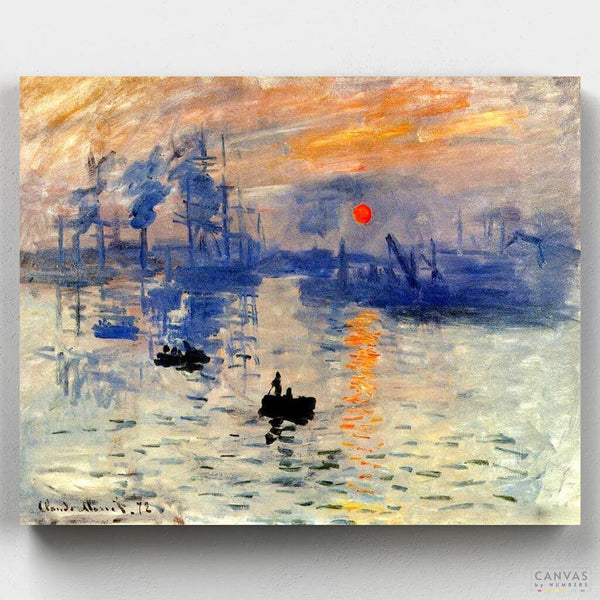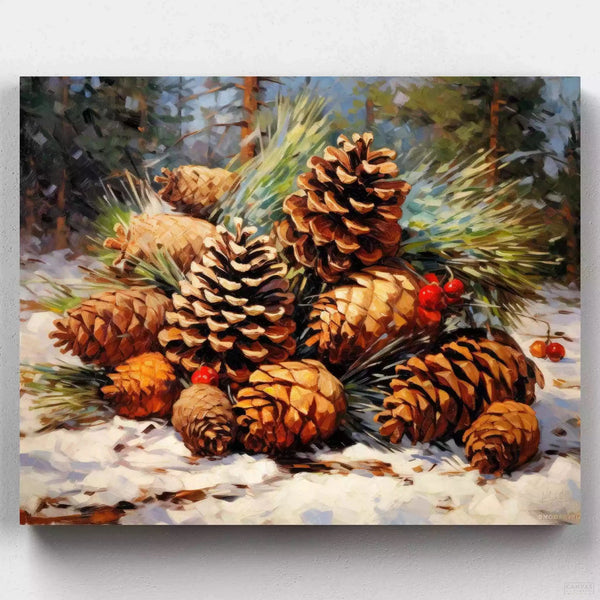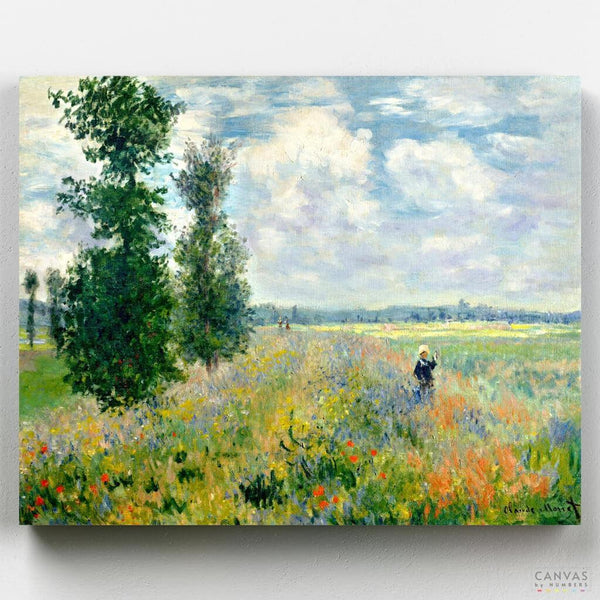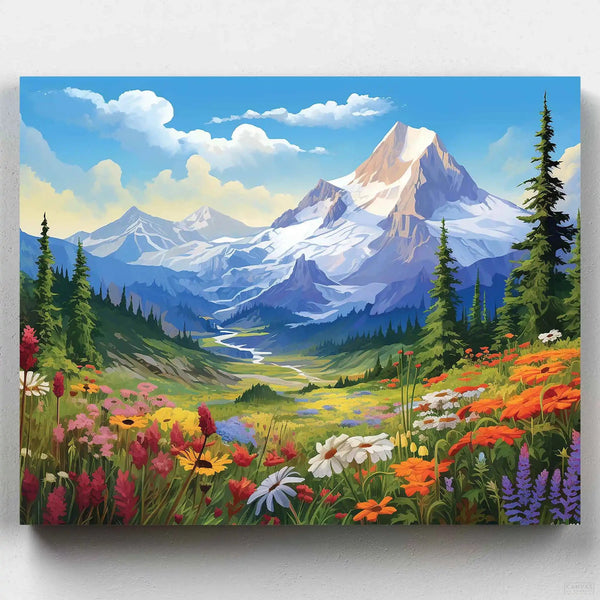In the Canvas by Numbers blog, we love to talk about some of the most famous painters in the history of art. About the names behind the brushes that went around the world, the luckiest ones, while they were still alive, and the less fortunate ones, like Van Gogh, posthumously.
Well, in the early years of the newly formed Austro-Hungarian Empire (1867-1918), there was already a man walking the streets of Vienna who is considered the greatest exponent of Austrian avant-garde art, a certain Gustav Klimt, the author of famous paintings like The Kiss, Woman with a Fan, or Mother and Daughter.
In fact, many contemporary critics agree that Klimt's work is one of the most original of the late 19th century. That's what happens when you use gold to paint pictures...
Gustav Klimt, a Family Artistic Inclination
Gustav Klimt was born in 1862 in Baumgarten, a small town on the outskirts of Vienna (today it's a district of the city). He was the second of seven siblings, three men and four women, and, just like his two brothers, he showed artistic inclinations from a young age.
Undoubtedly, his father's occupation as an engraving artisan did a lot to encourage his sons' interest in art. So much so that in 1876, Klimt received a scholarship to study at the School of Arts and Crafts in Vienna, where his younger brother Ernst would also enroll a year later.
Along with Ernst and another companion, the young men received their first commissions in 1880. However, Gustav's first major recognition came from the Emperor of Austria himself, Francis Joseph I, for his work in the Burg Theatre auditorium in Vienna. The award was the Order of Gold Merit, which he received in 1888, allowing him to lead a more financially comfortable life.
A Style Marked by Family Tragedy
A common idea in the art world is that one is not an artist without having suffered in life. True or not, what is true is that Gustav Klimt also experienced tragedy with the deaths of his father and one of his brothers in 1892.
Fortunately, he found solace in the woman who accompanied him throughout his life, fashion designer Emile Louise Flöge. However, the artist continued to find more "comfort" in other women who posed for his paintings, from high-born ladies to prostitutes. Despite his constant infidelities, it seems that Flöge never separated from Klimt, with whom she had fourteen children.
Be that as it may, the 1890s marked a turning point in the Austrian's style when he embraced Impressionism and, especially, Symbolism, an art movement from France and Belgium based on conceptual expression.
Mosaic, Gold, and Women
Klimt was very influenced by Byzantine mosaics that he had seen in Ravenna, Italy. This became his preferred "format," works in which he used gold leaf, a material traditionally used in sculptures, furniture, jewelry, and architectural surfaces but not as much in painting. This feature was highly distinctive in the artist, especially during what we can literally call his "golden period."
Regarding the themes of his works, they emphasized sensuality, femininity, and love. His inclination towards these subjects and the way he depicted them (with an undeniable sexual character) earned him public rejection, at least at first, as his works were considered scandalous, bordering on what was then considered pornographic. Even later, the Nazis destroyed some of his paintings, considering them impure.
However, since the late 1890s, in the early days of the artistic avant-garde, Klimt's paintings began to be more appreciated by critics. He created his most famous works in the 1900s and was even awarded the first prize at the Universal Exhibition of Rome in 1911 for his painting Life and Death.
Seven years later, in 1918, after suffering a heart attack and the flu, Klimt asked, on his deathbed, for the woman who had always supported him and with whom he never married, who knows if, despite everything, the only one who truly loved him: Emile Flöge.
Gustav Klimt's Most Famous Paintings
Klimt left behind very ornate paintings that, years after his death, broke records at auction houses. You've probably seen some of the following:
The Kiss
The painting depicts a couple in an intimate pose, where a man kisses a woman in what seems to be a flowery meadow. Unlike some of Klimt's other works, The Kiss was well received by the public and was quickly sold.
Portrait of Adele Bloch-Bauer I
Also known as The Lady in Gold and The Woman in Gold, this work dates back to 1907 and portrays Adele Bloch-Bauer, a lady of Austrian high society. Klimt painted her again in another work in 1912.
Mother and Daughter
The painting depicts a woman with a bare torso, leaning over her daughter's head. In reality, it is part of a larger painting, The Three Ages of Woman, with Mother and Daughter being a loving image that represents the essential role of women in the cycle of life.
Paint a Gustav Klimt Painting by Numbers
Although Klimt's paintings may seem complex at first glance, the reality is that there's a very easy way to paint them, even for people with no painting experience.
All you need to do is bring your desire to paint one of the most famous works in the world, which you can then proudly display at home or give to someone special. How?
With the Canvas by Numbers painting by numbers system: a blank canvas with the painting you want to paint, numbered areas for applying the corresponding paint, and all the materials you need, from acrylic paint to instructions and a reference guide with the completed painting.
Looking for an activity to relax from daily stress?
Check out our Gustav Klimt painting collection here and paint a work that, because of how gratifying it is, is worth its weight in gold!
